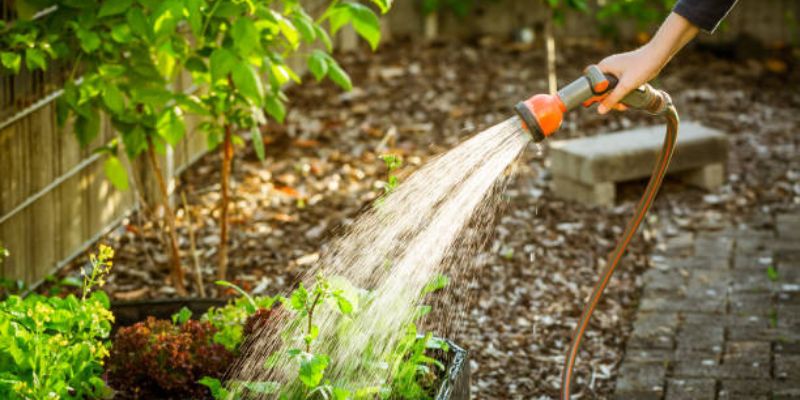Flushing plants means using water to remove excess nutrients and salts from the soil, a vital but frequently ignored part of gardening.
This technique is crucial for keeping plants healthy, particularly those that cannot tolerate nutrient imbalances. However, the main challenge with flushing is to avoid overwatering, which can cause root rot and other problems.
How To Flush Plants Without Overwatering: 5 Easy Steps
Flushing plants is a crucial gardening practice that involves removing excess salts and nutrients from the soil. However, avoiding overwatering is crucial to prevent root rot and fungal growth.
Here’s a straightforward, five-step guide to help you flush your plants effectively and safely.
Step 1: Assess The Need For Flushing
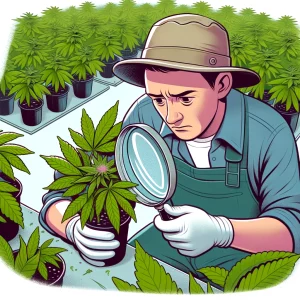
- First, identify signs of excess nutrients by looking for leaf burn, discoloration, or stunted growth.
- Then, understand your plant’s needs, as different plants require various levels of nutrients and water.
Step 2: Prepare For Flushing
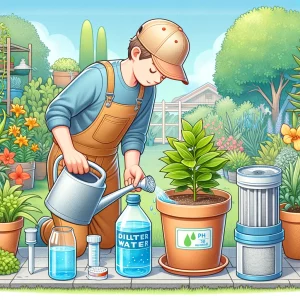
- Choose The Right Water: Use clean, pH-balanced water. If your tap water is hard or chlorinated, consider using filtered or distilled water.
- Ensure pots have enough drainage holes. For soil beds, ensure good aeration and drainage.
Step 3: Execute The Flushing Process
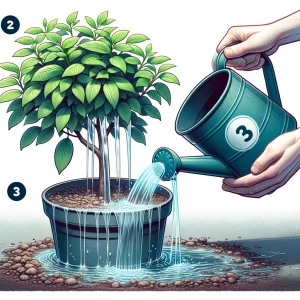
- Gradual Water Introduction: Slowly water the plant, allowing the water to seep through the soil and drain out. This process helps wash away excess salts without overwhelming the plant.
- Watch for water pooling at the base. Change how fast your water is based on how well the plant absorbs and drains it.
Step 4: Post-Flushing Care
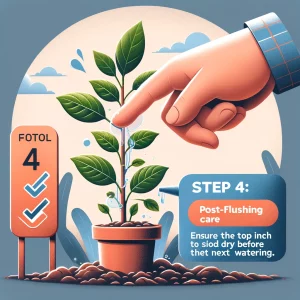
- After flushing, water only when the top inch of soil dries out to avoid overwatering and help the plant recover.
- Look for new growth or better color as signs your plant is recovering well after flushing.
Step 5: Long-Term Maintenance
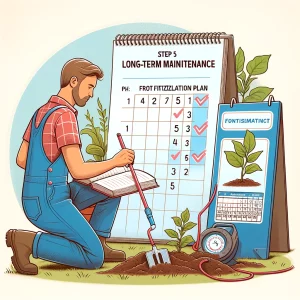
- Test your soil’s pH and nutrients regularly to know when it’s time to flush again.
- Create a fertilization schedule tailored to your plant to prevent too many nutrients from accumulating.
Follow these steps to flush your plants safely, avoiding overwatering while getting rid of too many nutrients. This will keep your plants healthy and strong.
When Should You Flush Your Plants?
Decide when to flush your plants by considering factors that affect their health and growth. Here’s a guide to help you find the best times for flushing:
- End Of The Growing Season: Flush at the growing season’s end, ideal for container plants.
- Before A New Growing Season: Flush in late winter or early spring to clear nutrient buildup and prepare for new growth.
- Before Flowering Or Fruit Setting: Flushing before these stages encourages healthier blooms and fruits by rebalancing nutrients.
- When Transplanting: Flush during transplanting to improve soil for the new plant.
- Upon Signs Of Nutrient Lockout: Flush if you see signs like yellow leaves or stunted growth, indicating nutrient lockout.
- In Case Of Overfertilization: Flush if symptoms of overfertilization, such as leaf burn or crusty soil, appear.
- As Part Of Regular Maintenance: Flush regularly, once or twice a year, as maintenance, even without visible issues, especially for plants in containers or prone to salt buildup.
Timing your flush correctly helps keep your plants healthy and thriving in an optimal soil environment.
Benefits Of Proper Flushing
Proper flushing greatly benefits plant health and growth. Here are the key advantages:
- Flushing removes excess salts and nutrients from regular fertilization, preventing nutrient burn and salt toxicity.
- Flushing improves nutrient absorption by removing excess salts from the soil.
- Flushing resets the soil’s chemical balance, preventing nutrient lockout and ensuring plants absorb nutrients well.
- Flushing loosens soil compacted by frequent watering and fertilizing, enhancing structure and air and water flow.
- Flushing cleanses the root zone, reducing harmful substance buildup and promoting a healthier root system.
- Flushing maintains a balanced soil ecosystem, reducing the risk of diseases like fungus.
- Flushing addresses nutrient imbalance and poor soil structure, leading to healthier growth, better flowering, and higher yields.
- Flushing supports sustainable gardening by cutting down on chemicals and fostering natural growth.
This approach to flushing is essential for a balanced, healthy, and productive garden or growing environment.
Frequently Asked Questions (FAQs)
Here are some frequently asked questions about how to flush plants without overwatering:
How Often Should I flush My plants?
How often you should flush your plants depends on the plant type, environment, and fertilization schedule. Most plants need flushing once or twice a year. Plants in containers or those heavily fertilized might need it more often.
Can All Plants Be flushed?
Flushing benefits most plants, especially if they are in containers or get fertilized often. However, some plants are more sensitive to soil changes. Understand your plant’s needs before you start flushing.
What Are The Signs That Flushing Was Successful?
After flushing, look for signs like better growth, leaf color, and root health. If salts were a problem, you should see less leaf burn and stunted growth.
Are There Any Risks Associated With Flushing?
Overwatering is the main risk of flushing, potentially causing root rot or fungal diseases. Make sure the soil drains well and dries appropriately between waterings.
How Does Flushing Differ For Indoor Vs Outdoor Plants?
Flush indoor plants carefully because they have less drainage and environmental variation than outdoor plants. Outdoor plants might flush naturally with rain, but container plants still need manual flushing.
What Type Of Water Should I Use For Flushing?
Use clean, pH-neutral water for flushing, and switch to filtered or distilled water if your tap water has lots of minerals or chlorine.
Can Flushing Affect The pH Of The Soil?
Flushing can change the soil’s pH; test your soil regularly to adjust its pH as needed.
How Do I Know If My Plant Needs Flushing?
If you notice yellowing leaves, stunted growth, or a white crust on the soil, your plant likely needs flushing to remove salt buildup or correct nutrient imbalances.
Is Flushing Necessary For All Types Of Soil?
Conclusion
Flushing plants is crucial for their health and best growth. Removing excess salts and nutrients helps prevent a nutrient lockout. It also promotes healthier roots and boosts plant vitality.
Although flushing needs careful water management to avoid overwatering, it greatly benefits the plants, making them robust and vibrant.
Using the right flushing techniques, whether for indoor pots or outdoor gardens, significantly improves plant health and appearance. Remember, timely flushing based on your plant’s needs is crucial for their care success.
